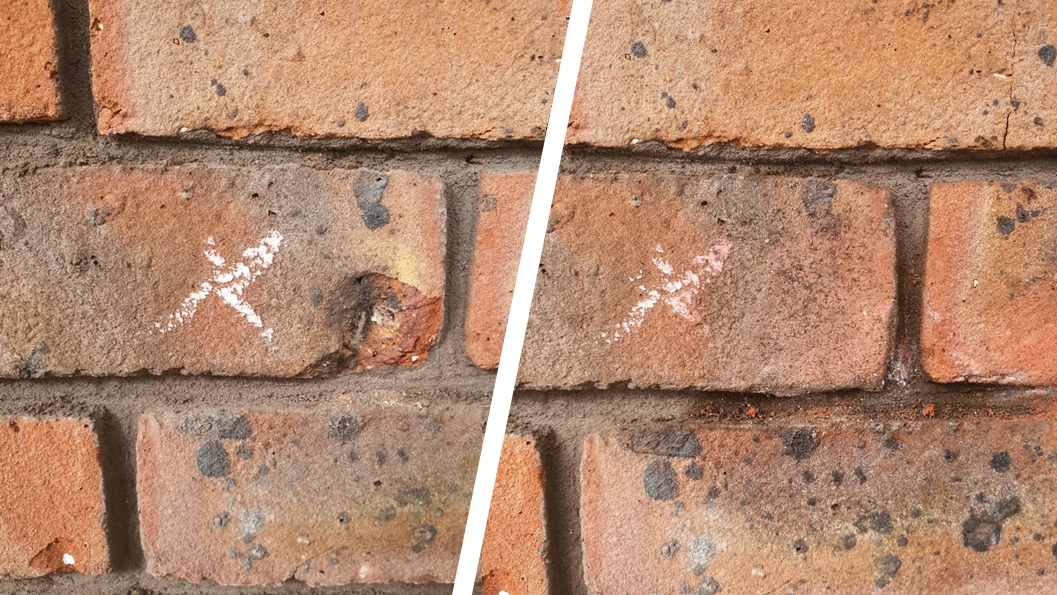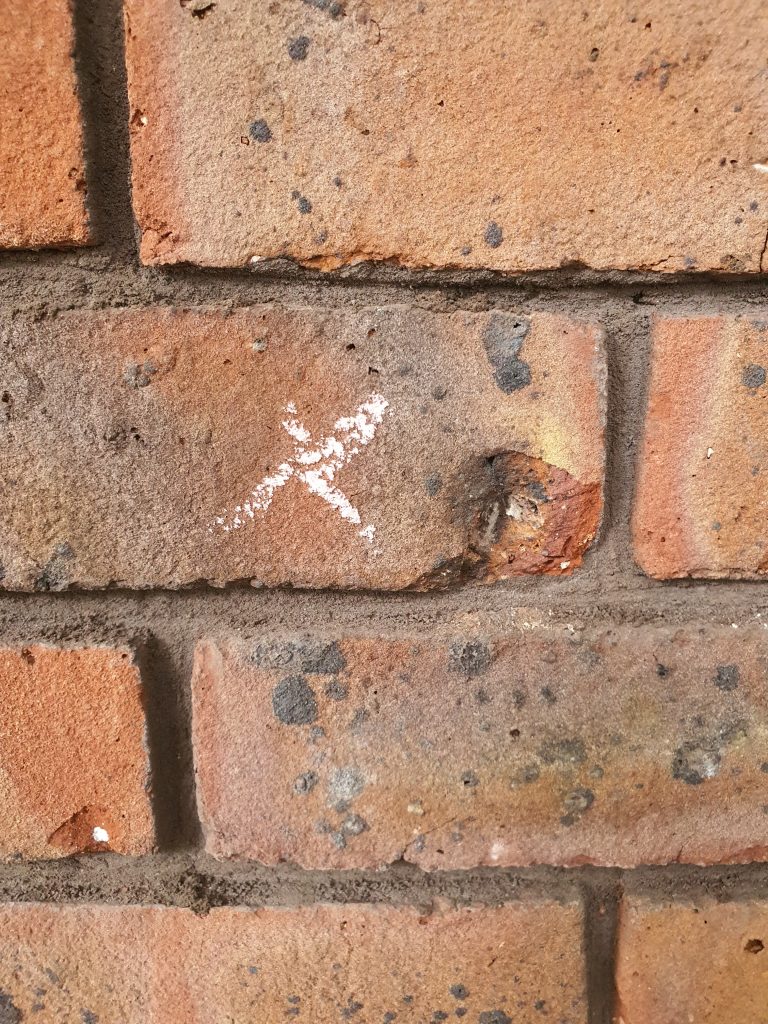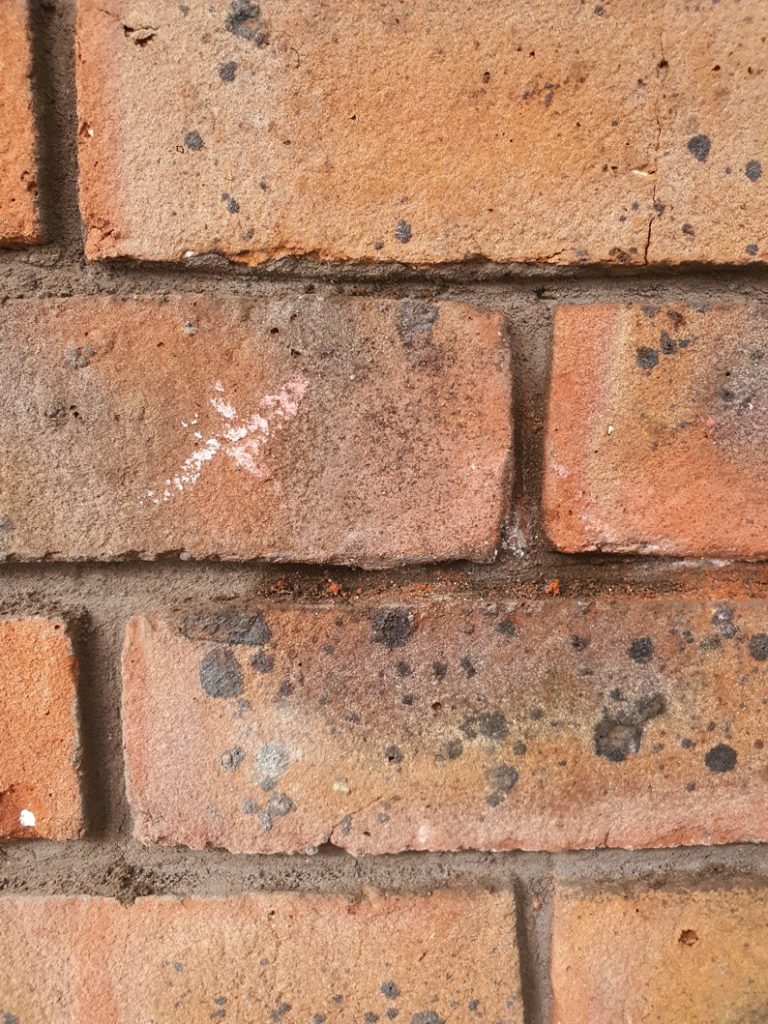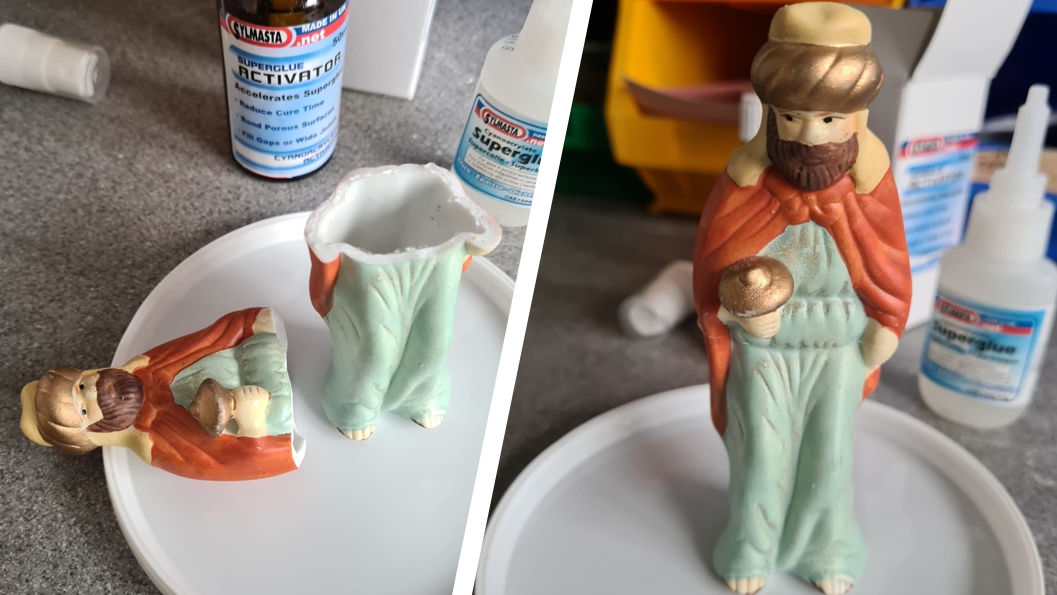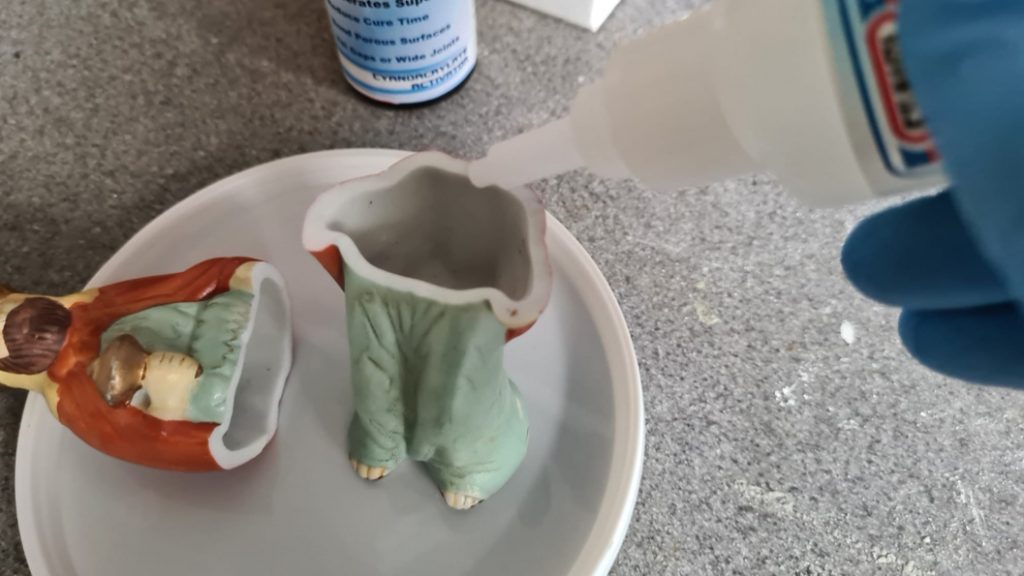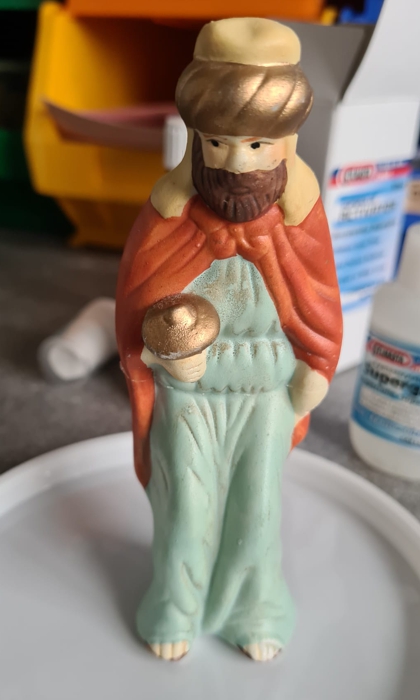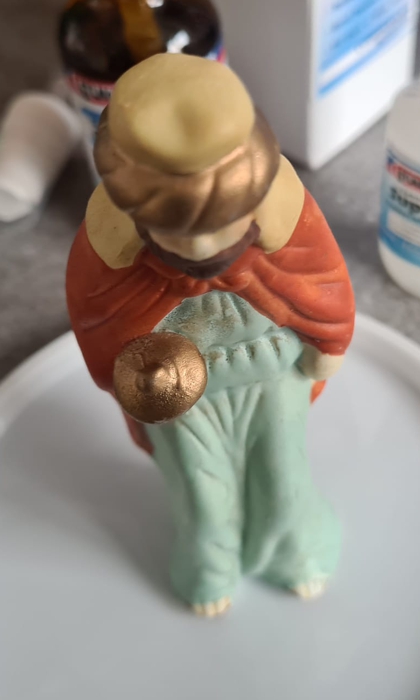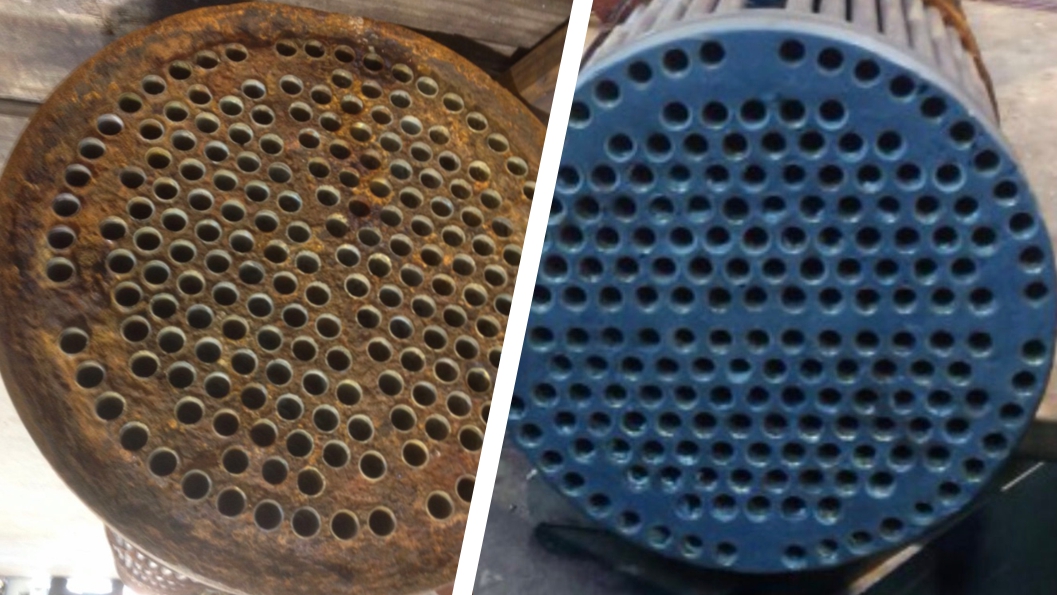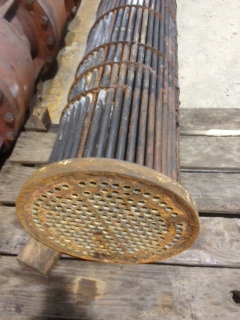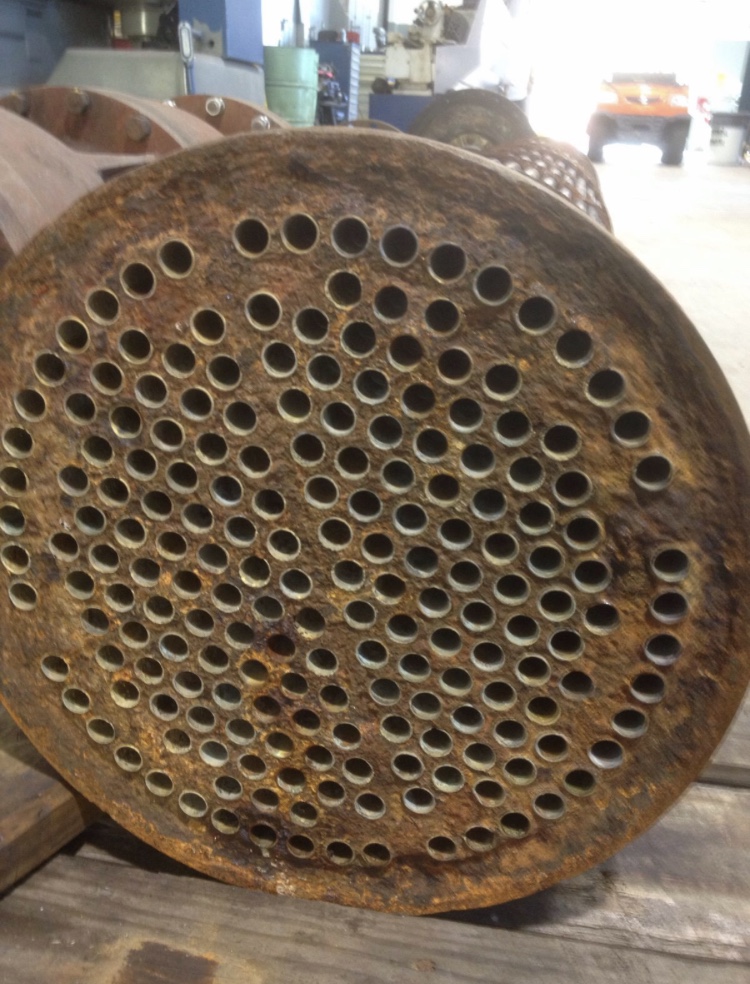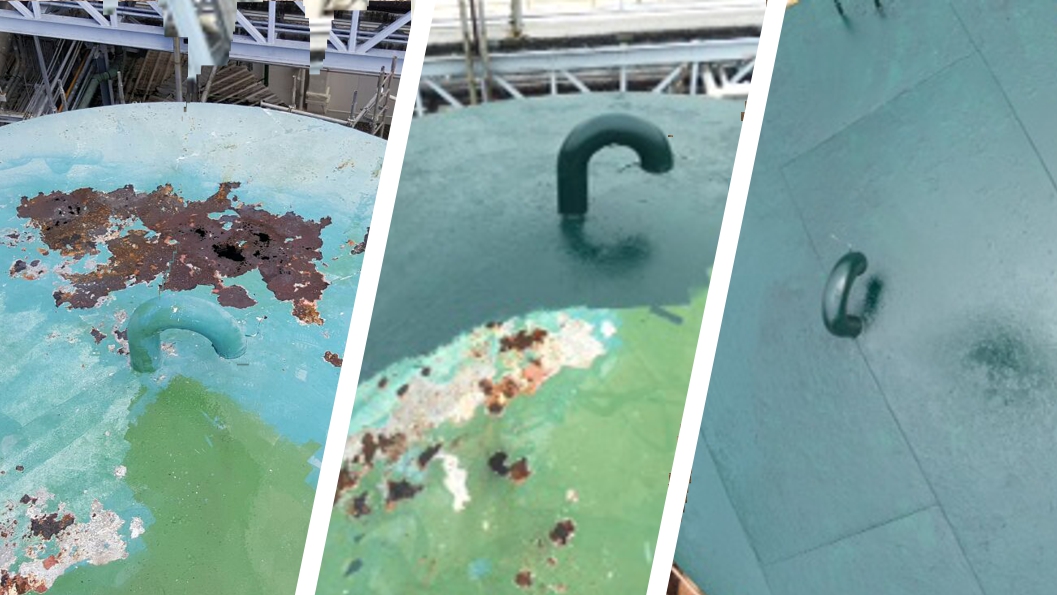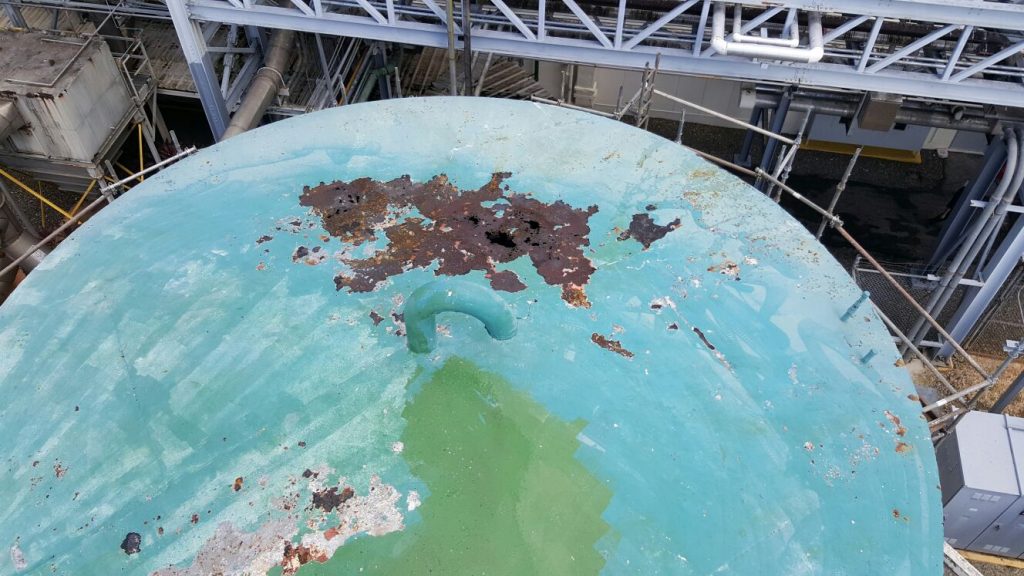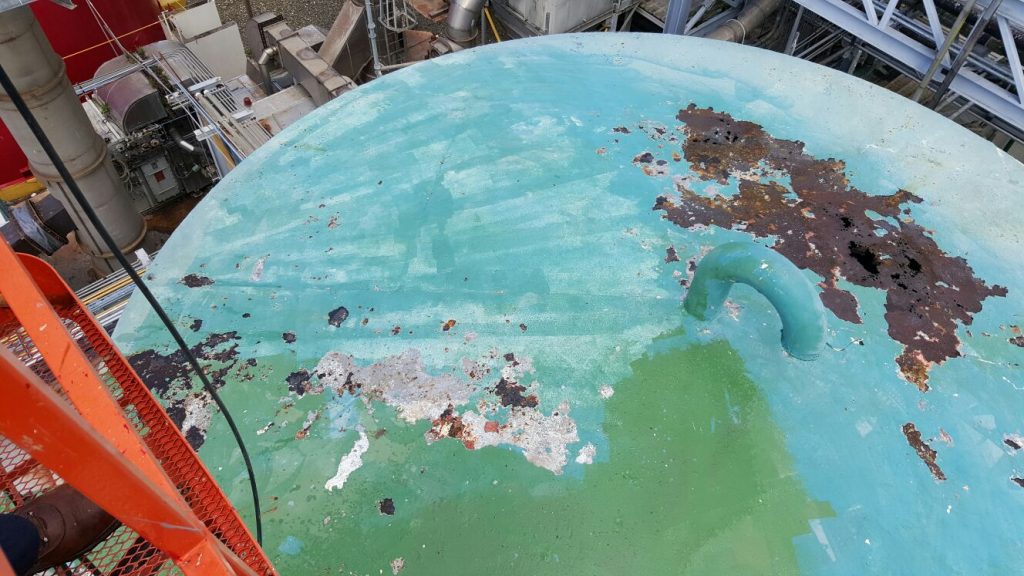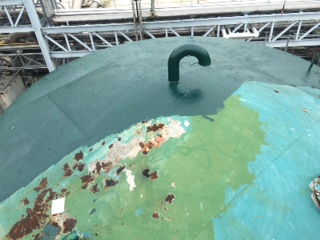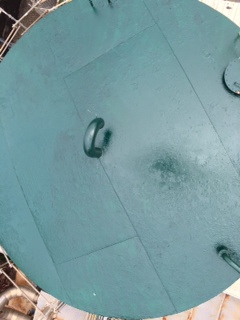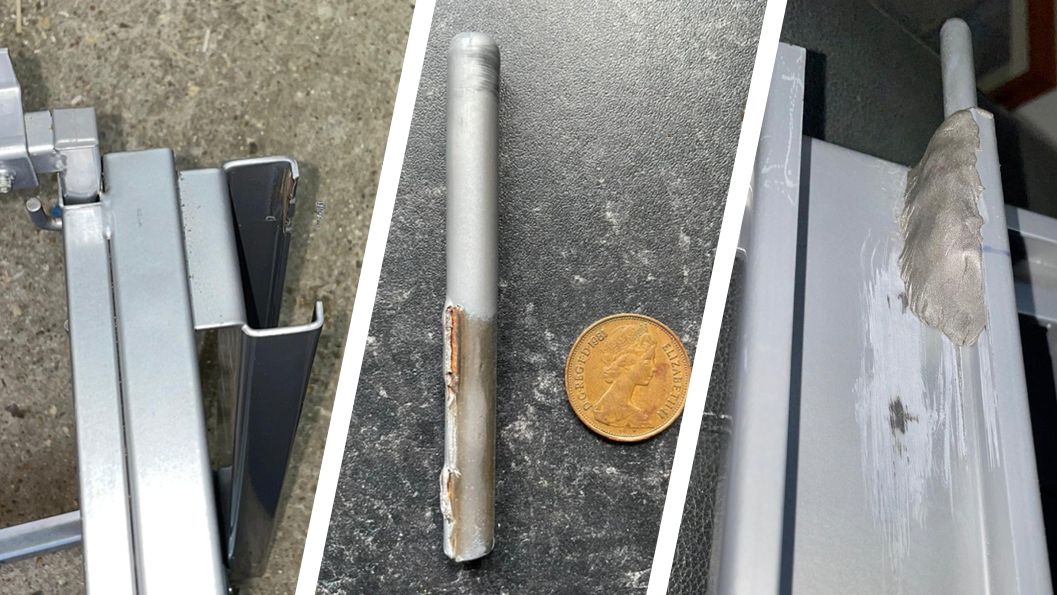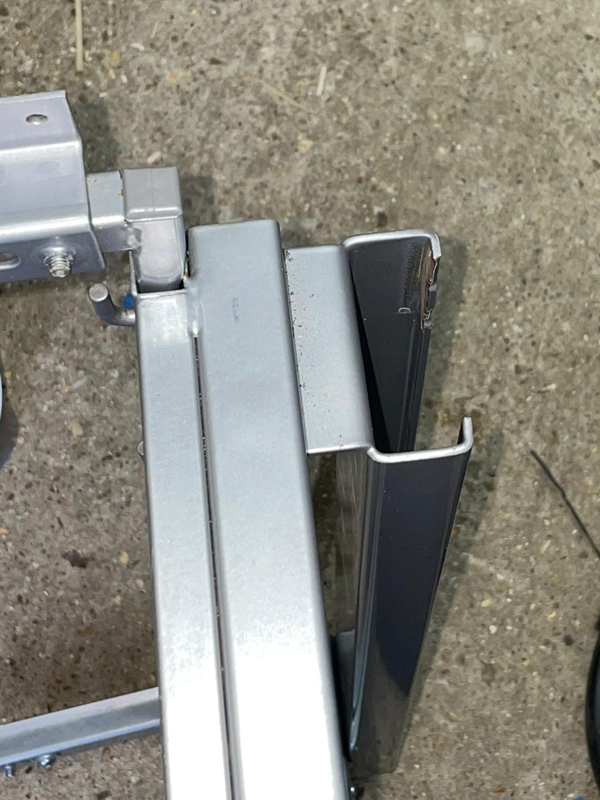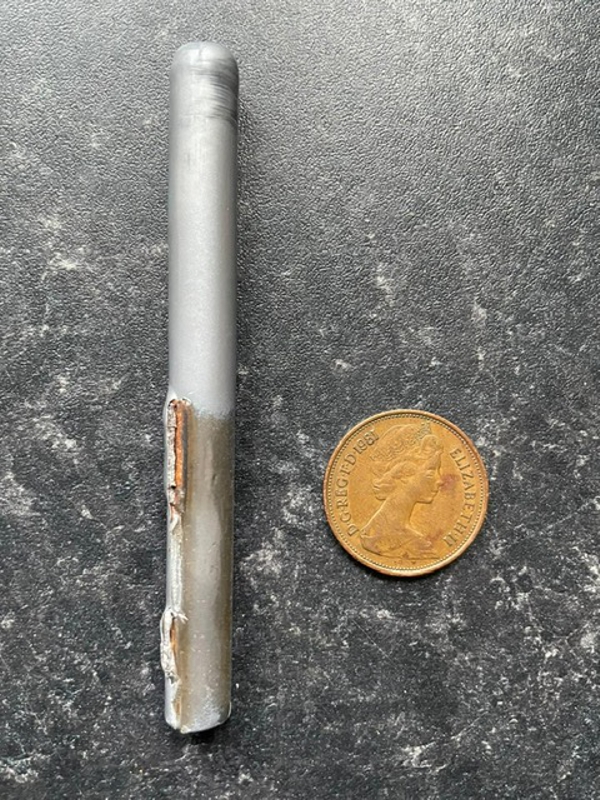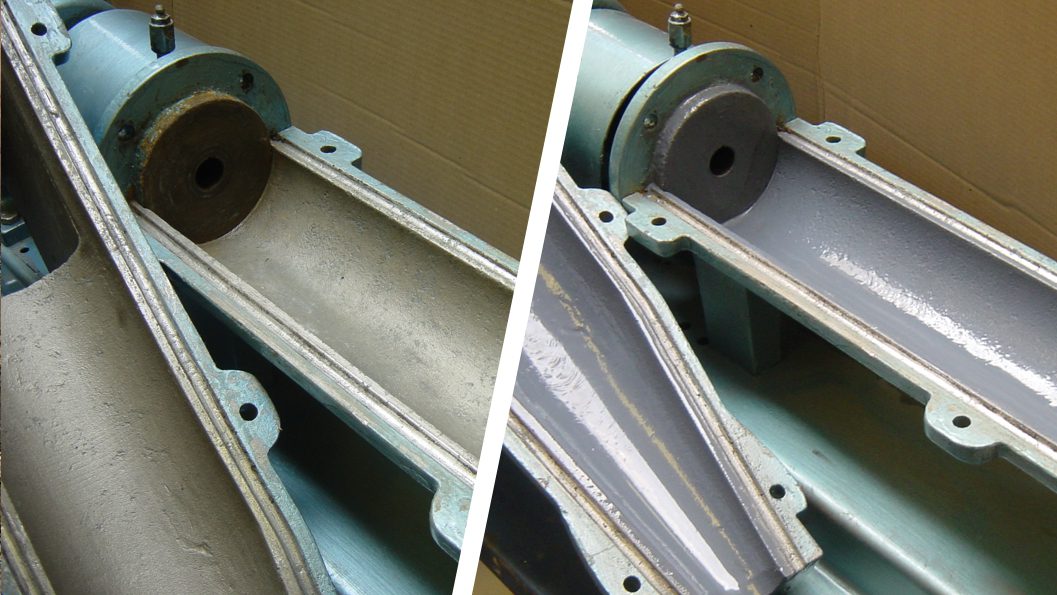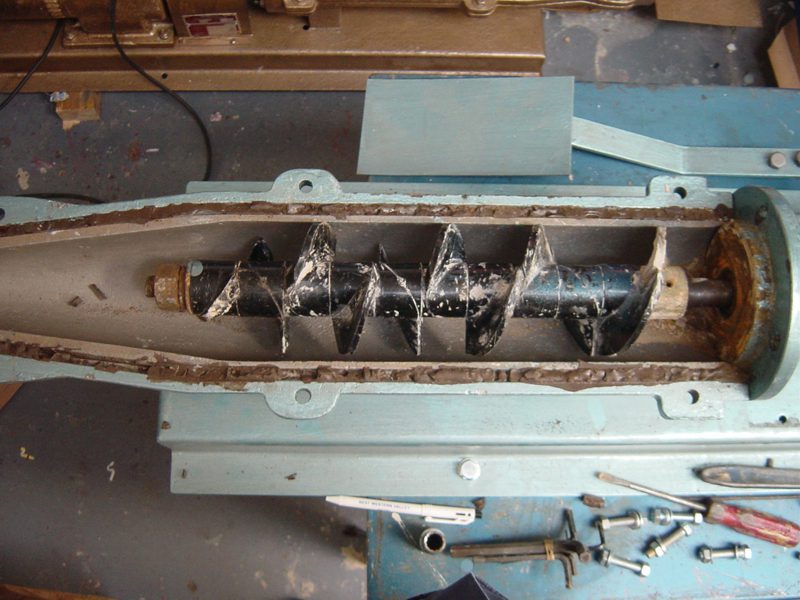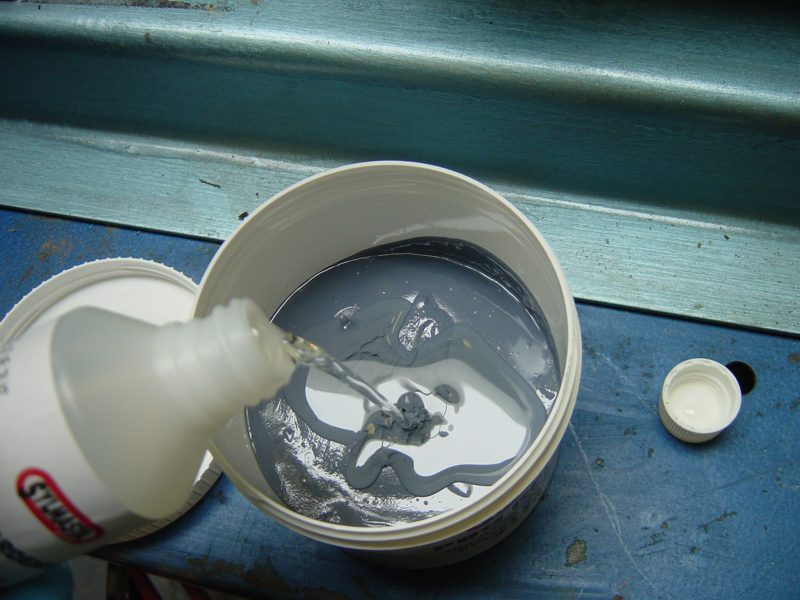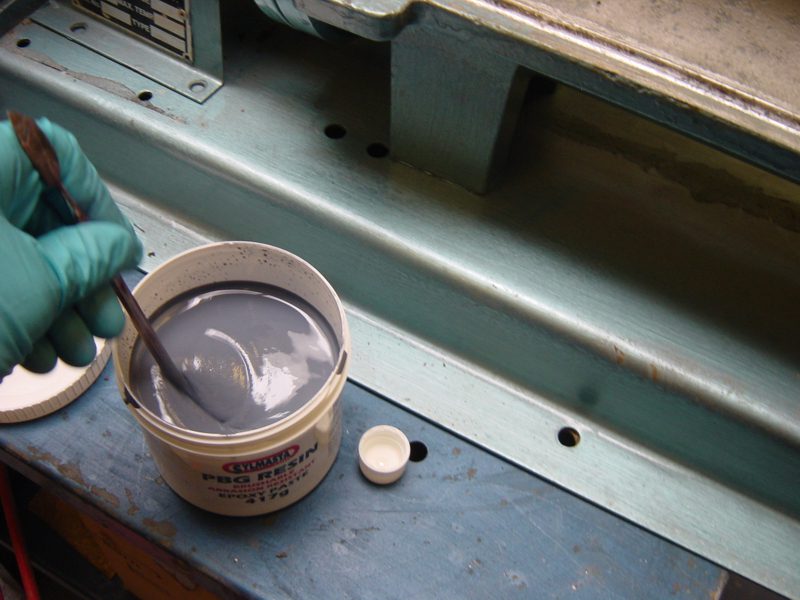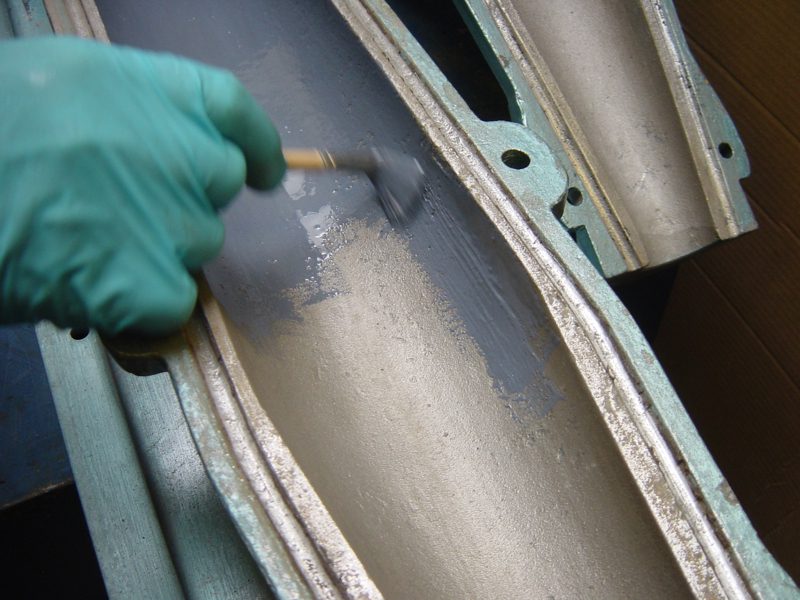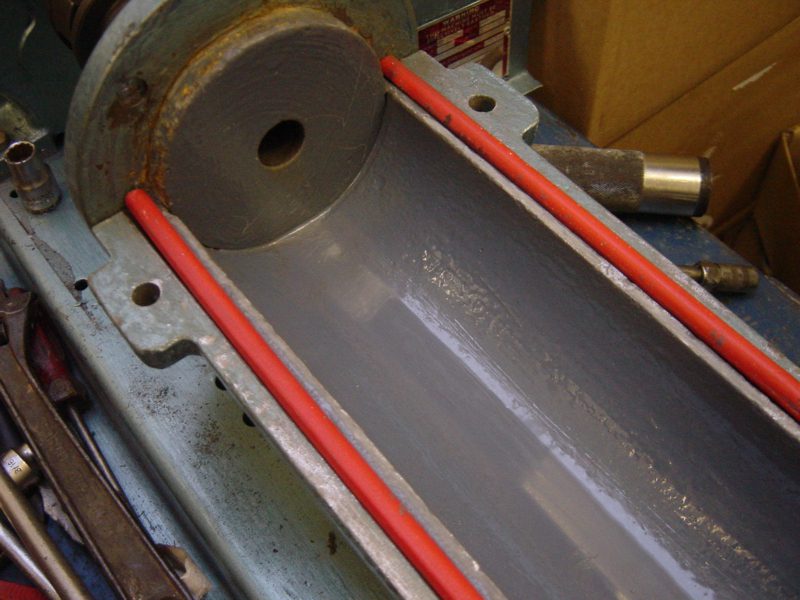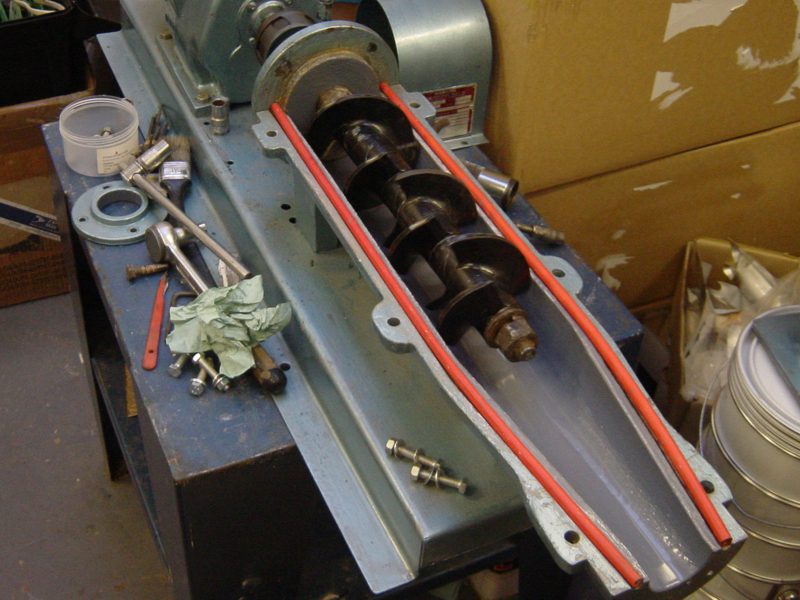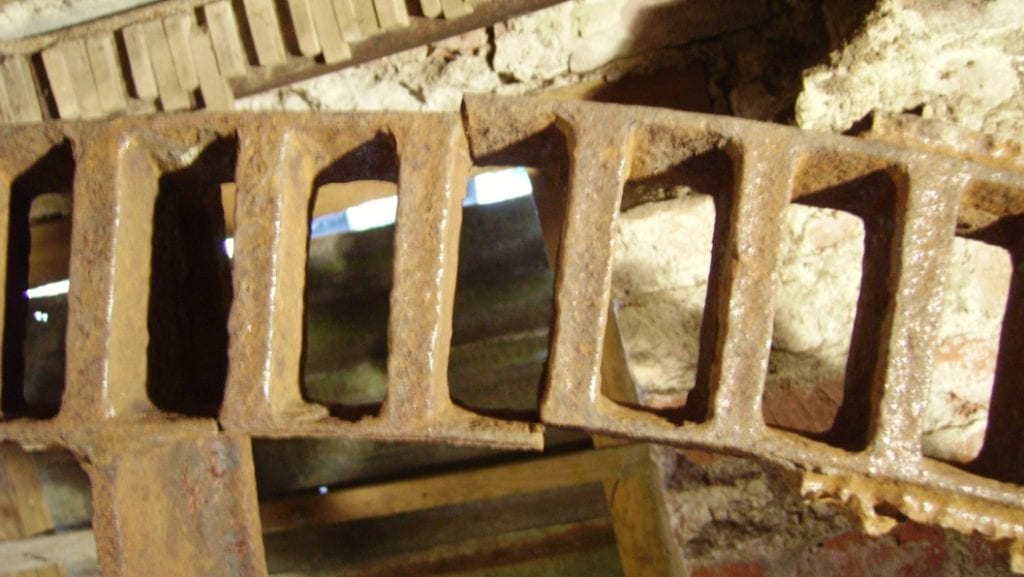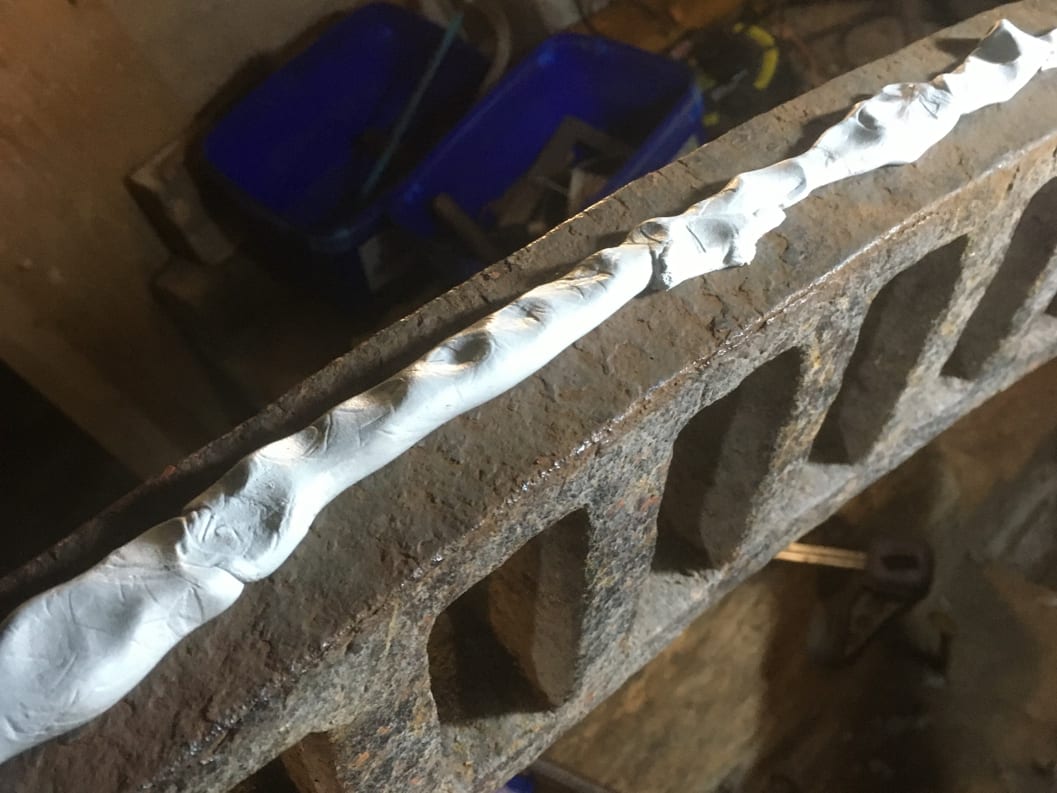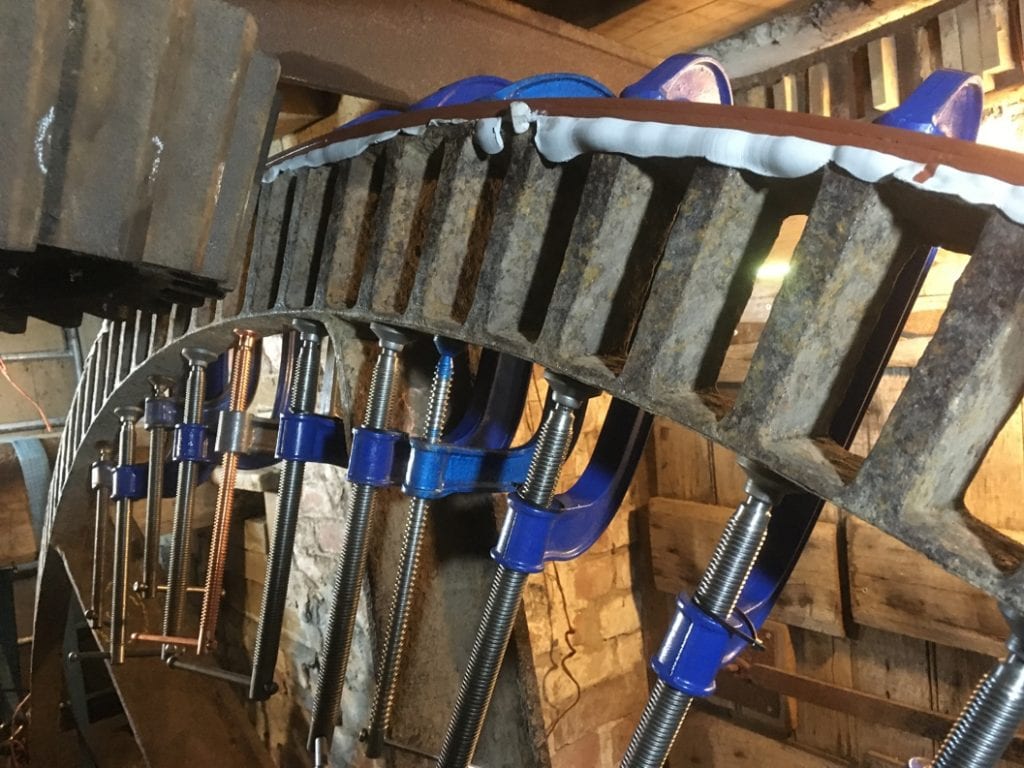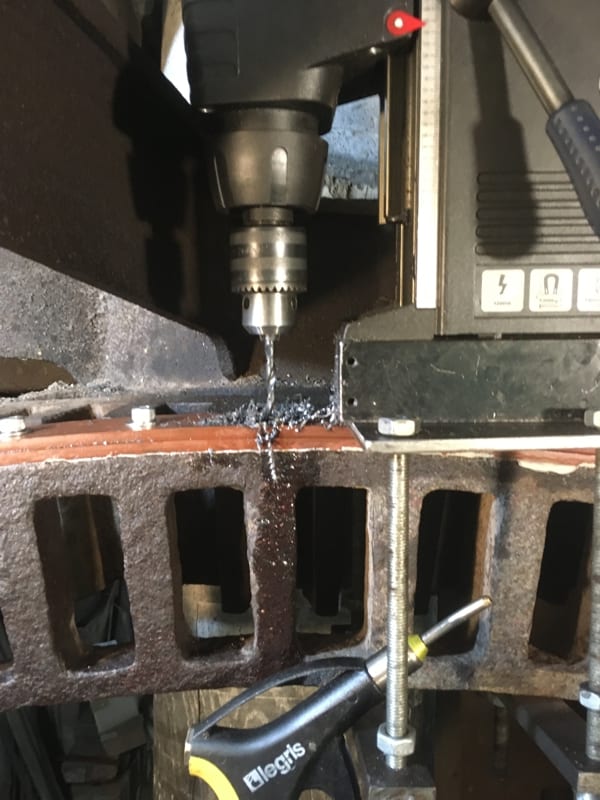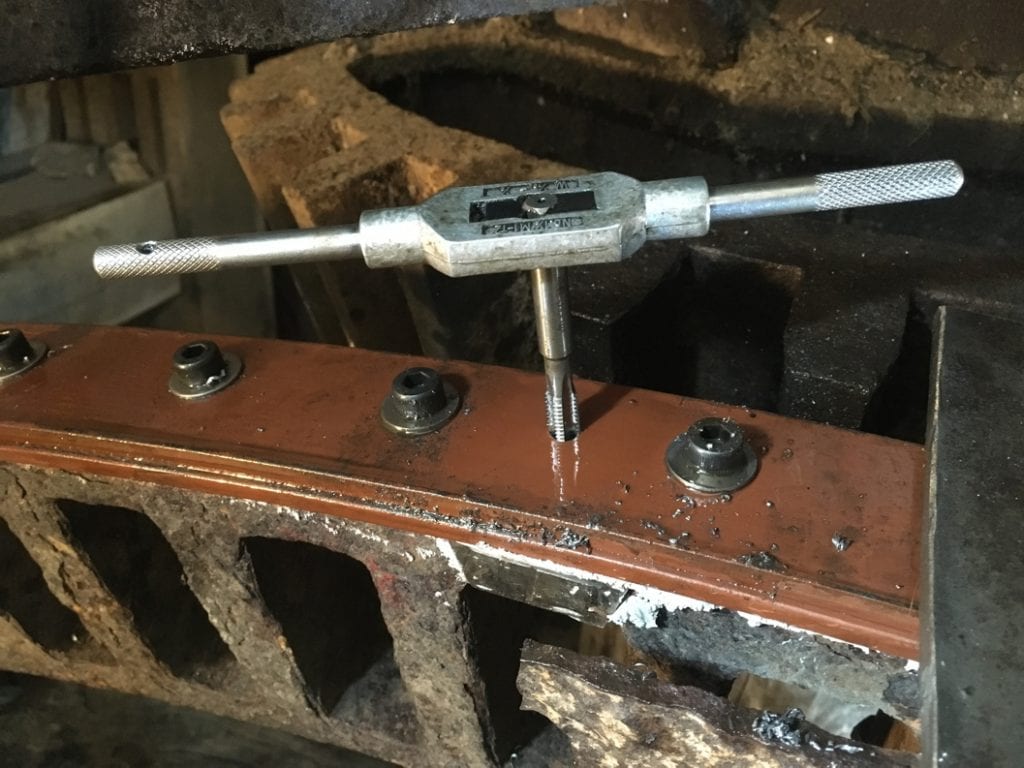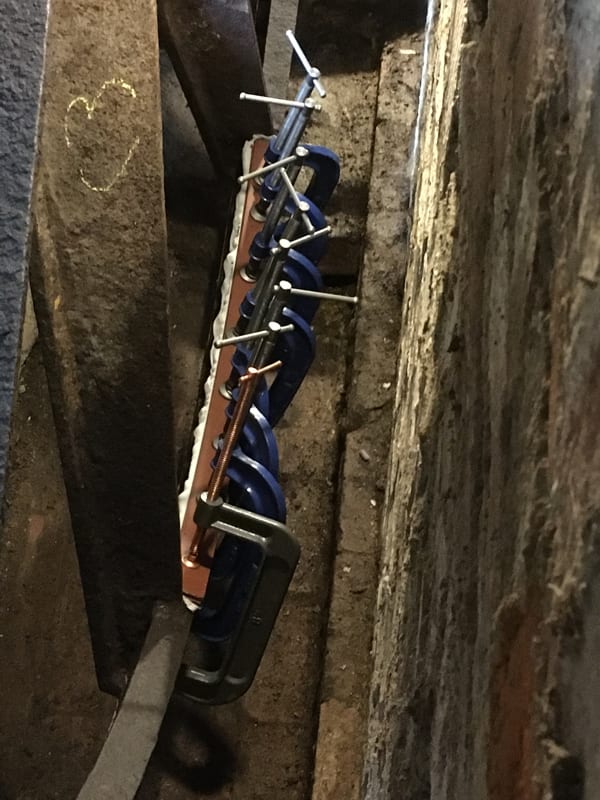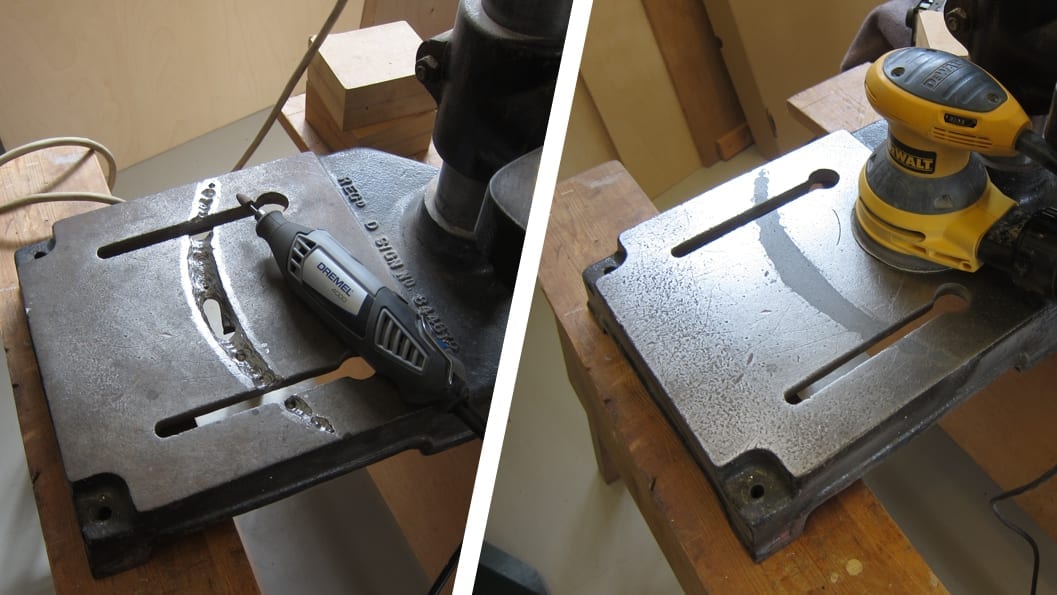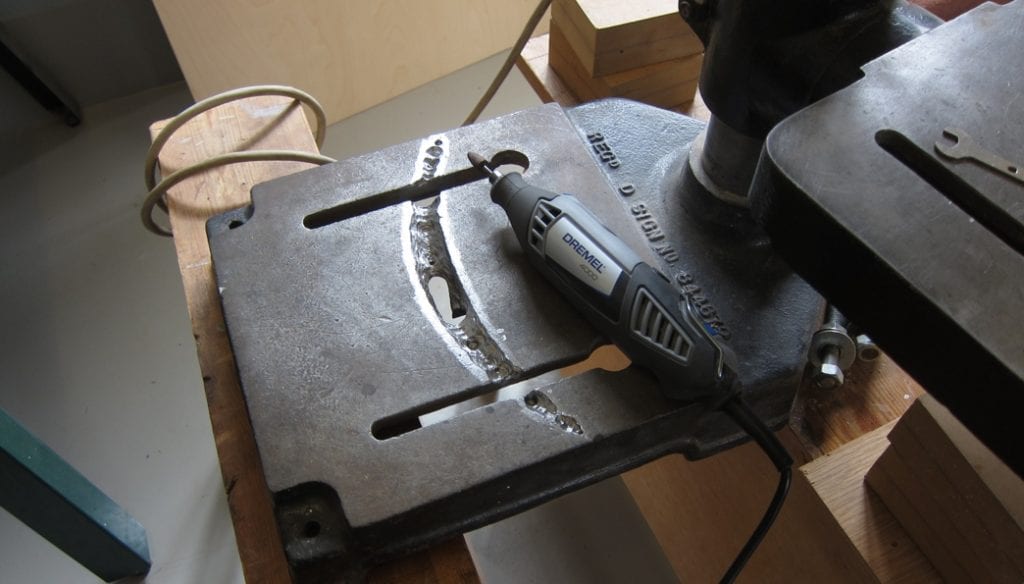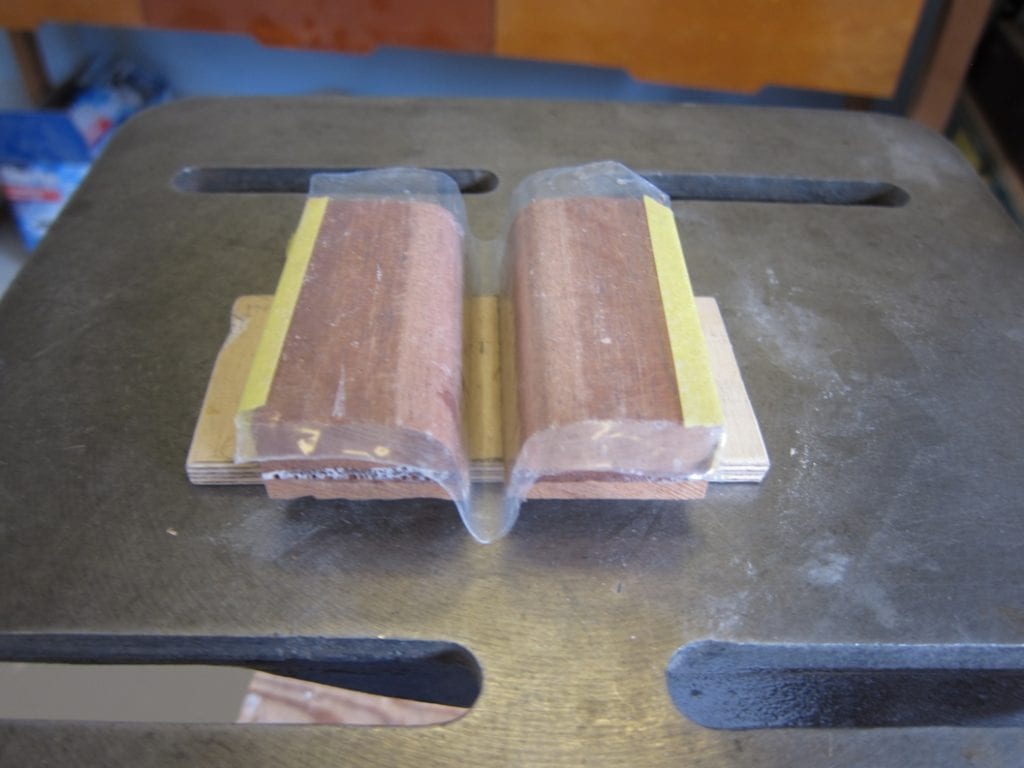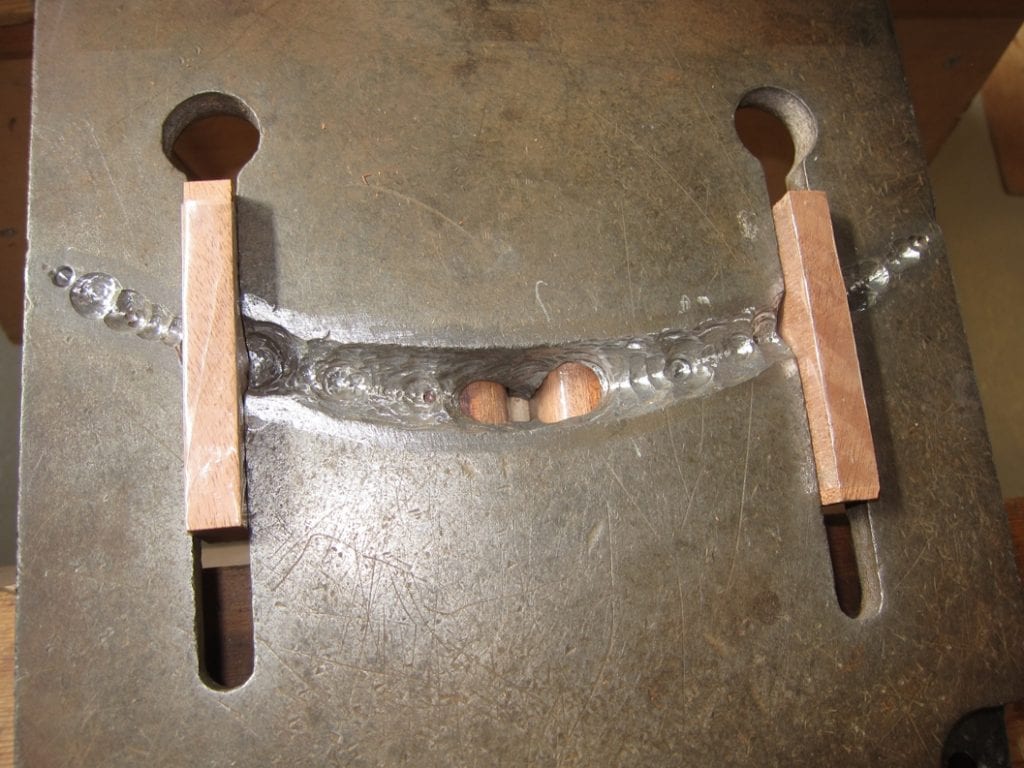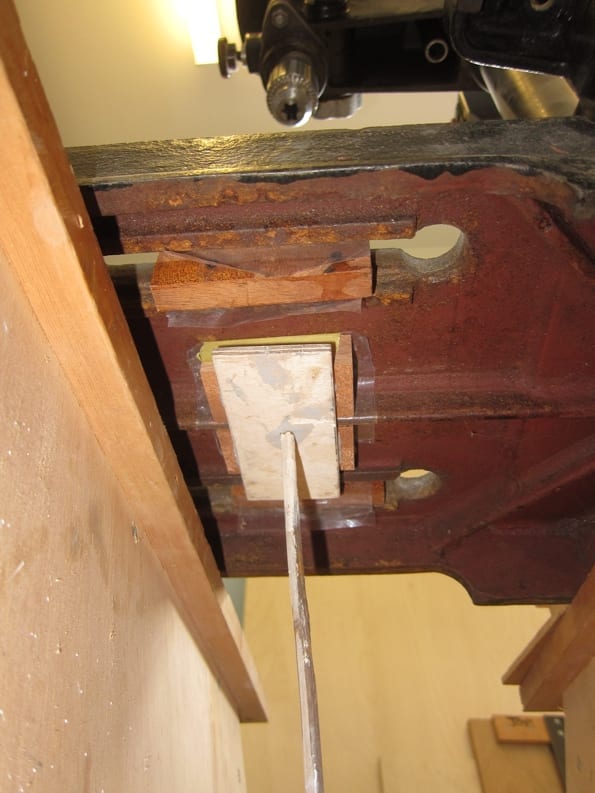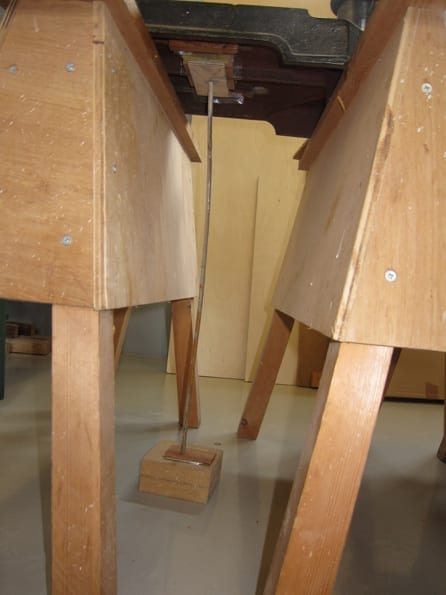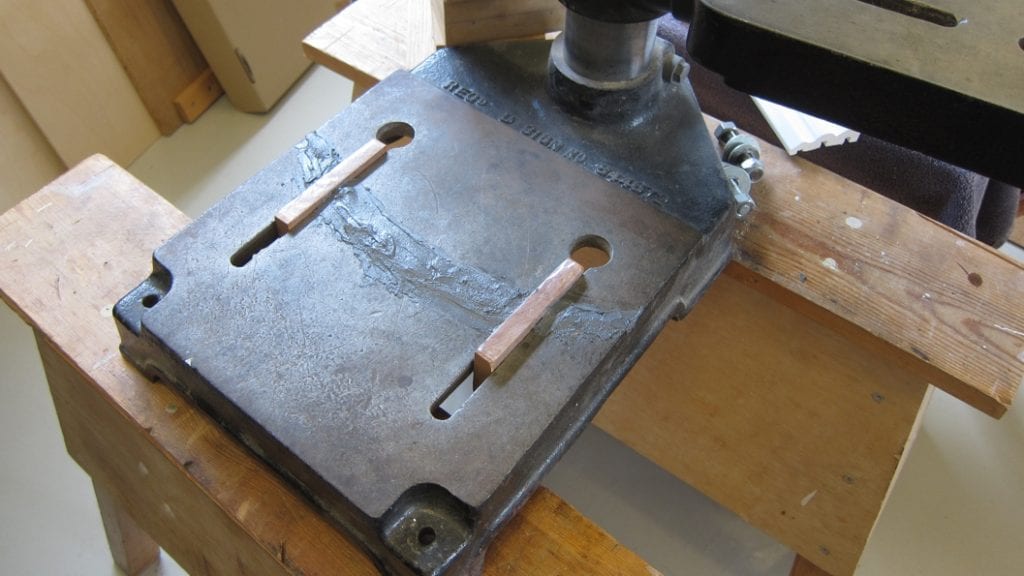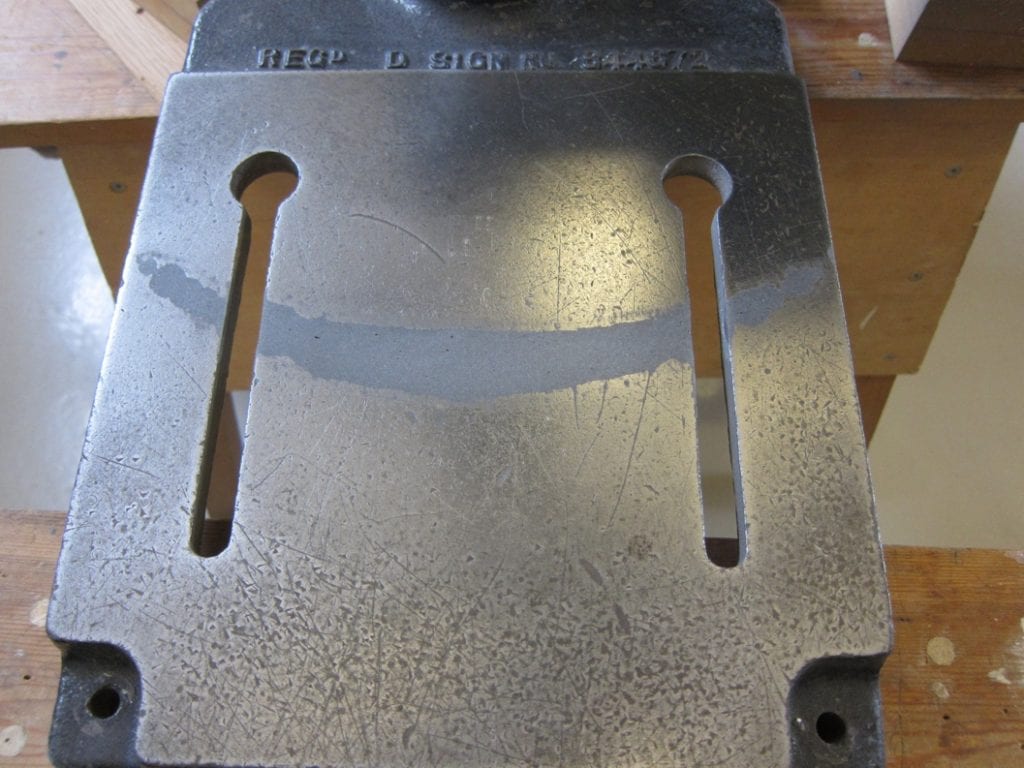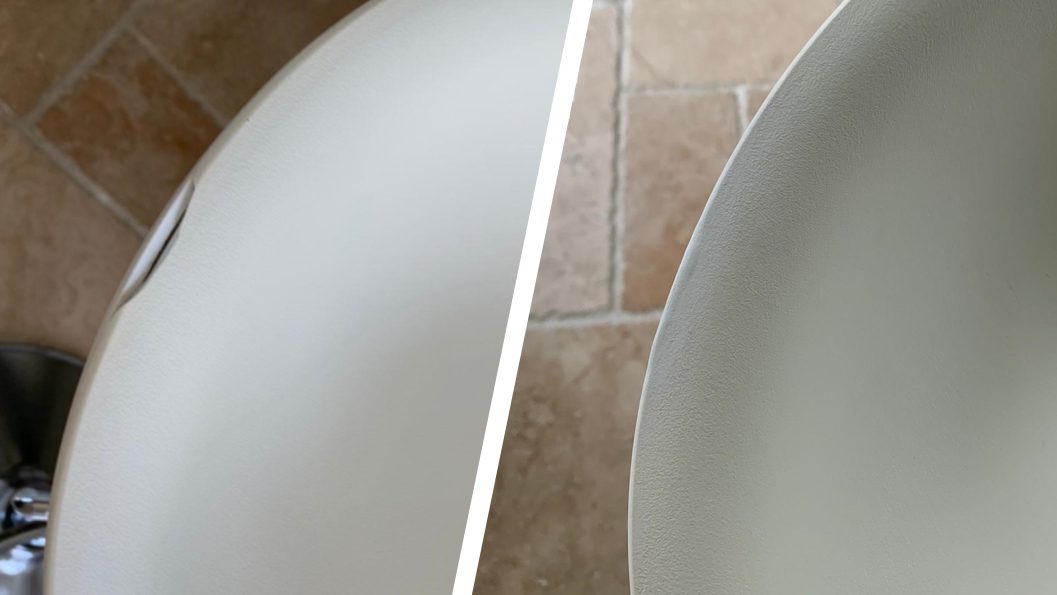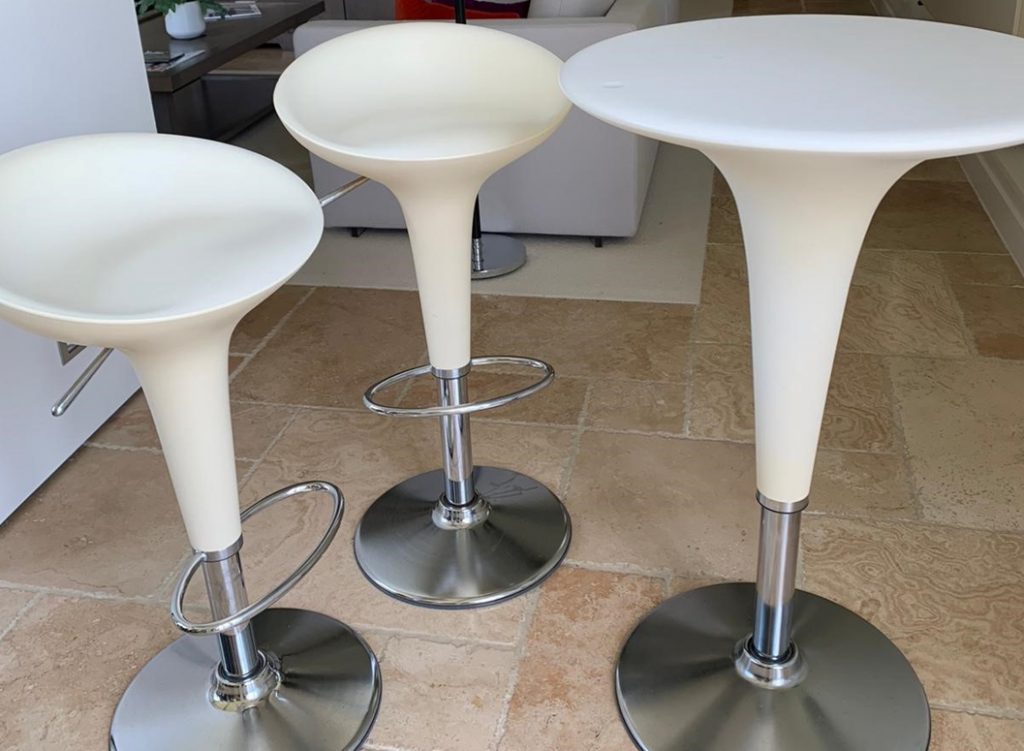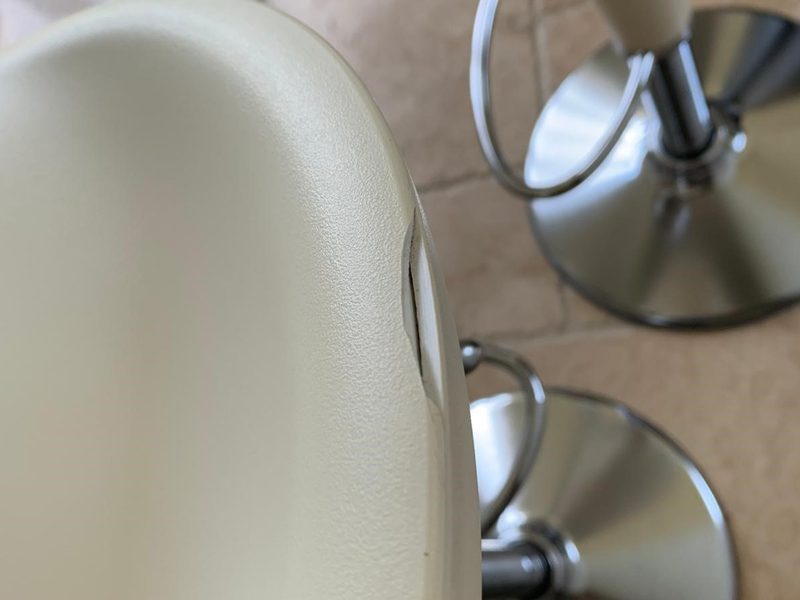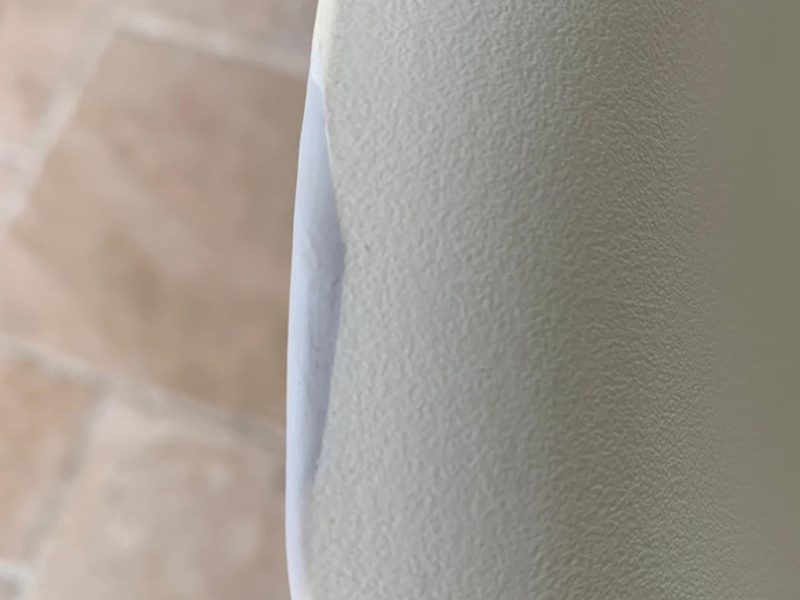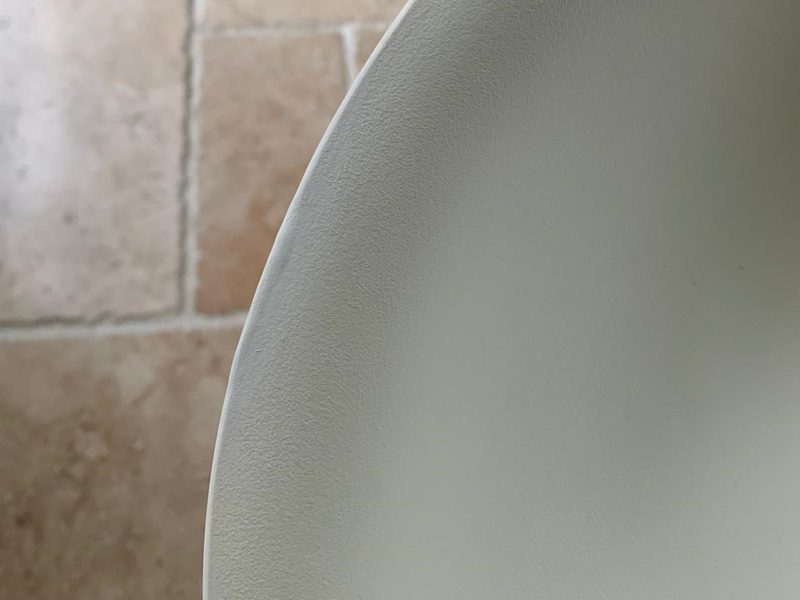
How to fix rust holes on a classic car in a repair time (nearly) as quick as a lap of Silverstone
When rust holes developed in the frame of a classic car, the owner turned to Superfast Steel Epoxy Putty as a cost-effective, quick and easy way to permanently fix the problem.
Case Study Data
Repair Type
Metal filler repair
Defect
Rust holes in classic car
Products Used
Superfast Steel Epoxy Putty Stick
Steel-filled epoxy putty used to make quick, permanent filler repairs to rust holes in metalwork and prevent further corrosion
Case Study Details
The classic car had developed a rust hole. Corrosion had eaten away at a section of the inside car door where the window mechanism was anchored, causing it to fail.
As a DIY enthusiast, the car owner wanted to find a quick, cost-effective and easy method to permanently fix the rust hole. The owner required a lightweight, metal filler material which would offer resistance to water, temperature extremes and future corrosion.

They decided to use Superfast Steel Epoxy Putty Stick for the application. Superfast Steel sets in under 10 minutes and makes permanent repairs to damage in steel, iron and other ferrous metals.
Before the repair began, the metalwork was cleaned and prepared as best as it could be. Dirt, grime, and rust were removed. Moisture repellant spray was used to drive moisture and grease out from the hole and leave a fine lubricating film to protect against corrosion.
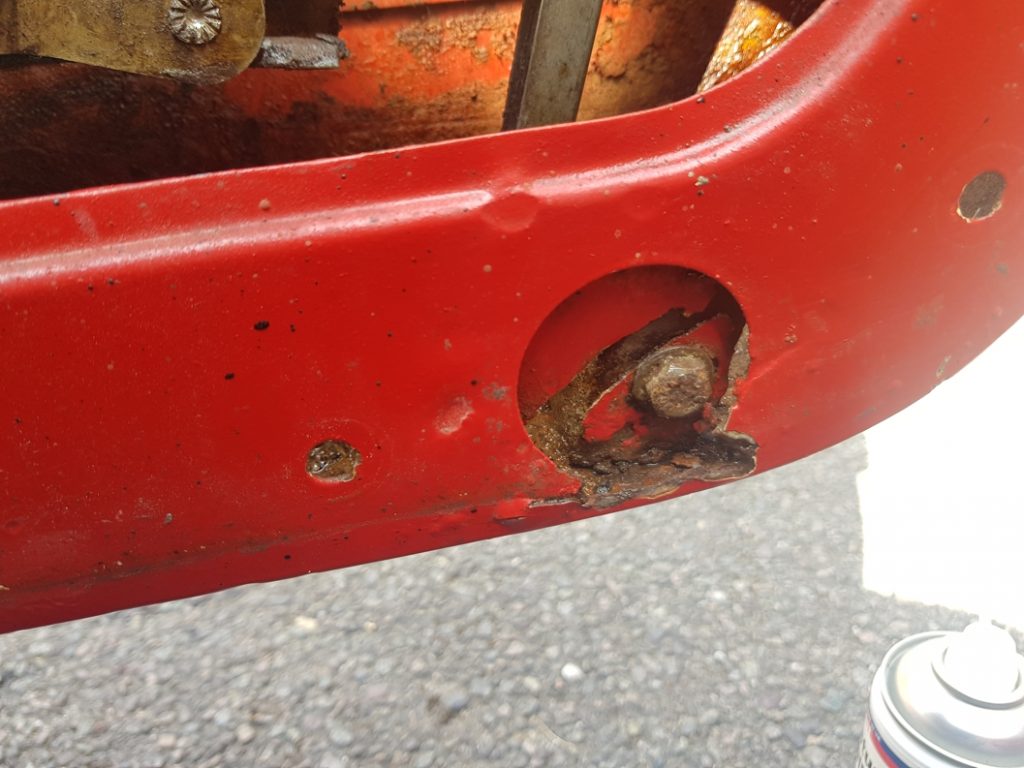
Once preparation was completed, the required amount of Superfast Steel Epoxy Putty was cut from the 114g stick and kneaded by hand. Whilst soft, the putty was pushed into the hole in the metalwork, where it was shaped and moulded around the screw.
Within 10 minutes, the putty had begun to harden into a material sharing the look and feel of steel. Maximum properties were reached after one hour, leaving the hole filled and the damage caused by corrosion repaired.
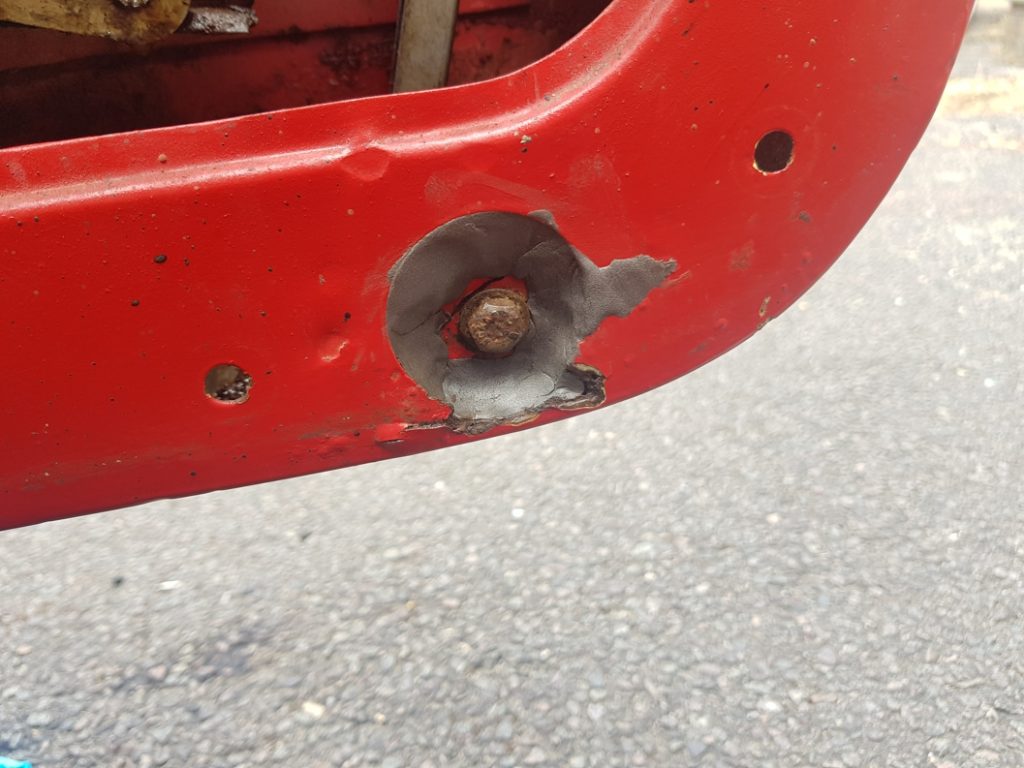
Once cured, the putty was filed and painted red to appear uniform with the rest of the metal frame. The total cost of the rust hole repair was less than £20, including delivery of the Superfast Steel Stick.
Since this repair, Superfast Epoxy Putties and Sylmasta Original AB Epoxy have been seen increasing use in the motoring industry because of their speed and how easy they are to handle.
Classic cars and even Formula One teams have used Sylmasta products for bonding parts and making rapid filler repairs lightweight enough to not impact on car performance.
If you have an application you would like to enquire about, then please get in touch
Call: +44 (0)1444 831 459
Email: sales@sylmasta.com

